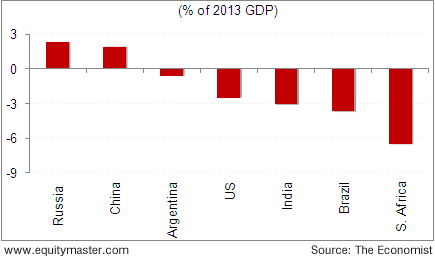Samsung Heavy Industries Co. Ltd. vs. DIT (Uttarakhand High Court)
The assessee entered into a consortium contract with ONGC and L&T to carry the work of surveys, design, engineering, procurement, etc. It opened a project office in India for co-ordination and execution of the project. The assessee claimed that a portion of the work was carried out inside India and a portion was carried out outside India. It claimed that it had suffered a loss on the work done inside India and that income on the work done outside India was not assessable to tax in India. The AO held that 25% of the work done outside India had to be assessed in India. This was upheld in principle by the Tribunal (133 ITD 413 (Del) on the ground that the contract was indivisible and that opening a project office in India was a condition precedent for the contract. It was held that the said project office constituted a “permanent establishment” under Article 5(1) of the India-Korea DTAA and that it covered the entire scope of work. As regards the percentage of income attributable to the PE, the Tribunal directed the AO to determine the extent of business activities carried on through the said project office. On appeal by the assessee to the High Court HELD reversing the Tribunal:
Being a resident of Korea, the assessee is governed by the Income-tax laws as prevalent in Korea. Therefore, it has a tax identity in Korea. In addition, the assessee has submitted to the jurisdiction of Indian taxing authorities by furnishing return of income and, thereby, acknowledged that it has also a tax identity in India. The question is, this identity is covered by which provision of the India-Korea DTAA. In terms of Article 7(1), the assessee will acquire its tax identity in India only when it carries on business in India through a permanent establishment situate in India. By submitting the return, the assessee has held out that it is carrying on business in India through a permanent establishment situated in India. In the circumstances, the contention of the assessee, whether the Project Office of the appellant opened at Mumbai can be, or cannot be said to be a permanent establishment within the meaning of the said DTAA is of no consequence. In terms of the DTAA, if an enterprise does not have a tax identity in India in the form of a permanent establishment, it has no obligation to either submit any tax return with, or pay any tax to India. The Indian Taxing Authority is not entitled to arbitrarily fix a part of the revenue to the permanent establishment of the assessee in India. The assessee held out that a part of the revenue was received by it for doing certain work in India. It did not contend that even those works were done by or through its Project Office at Mumbai. On the other hand, there is not even a finding that 25 per cent of the gross revenue of the assessee was attributable to the business carried out by the said Project Office. Neither the AO nor the Tribunal has made any effort to bring on record any evidence to justify the same. Tax liability cannot be fastened without establishing that the same is attributable to the tax identity or permanent establishment of the enterprise situate in India.








